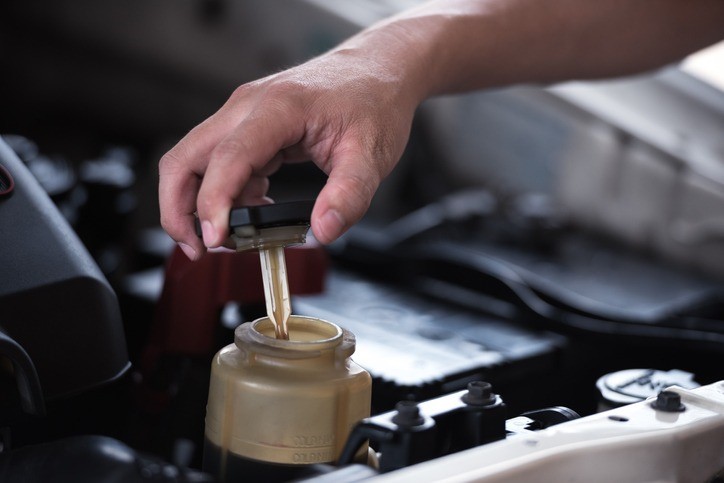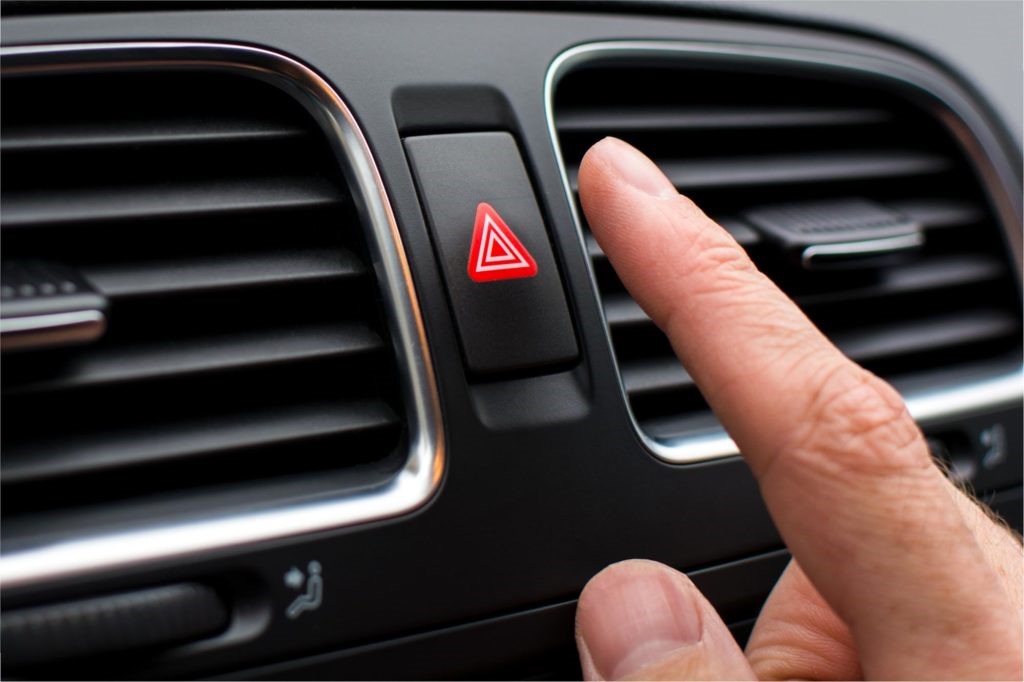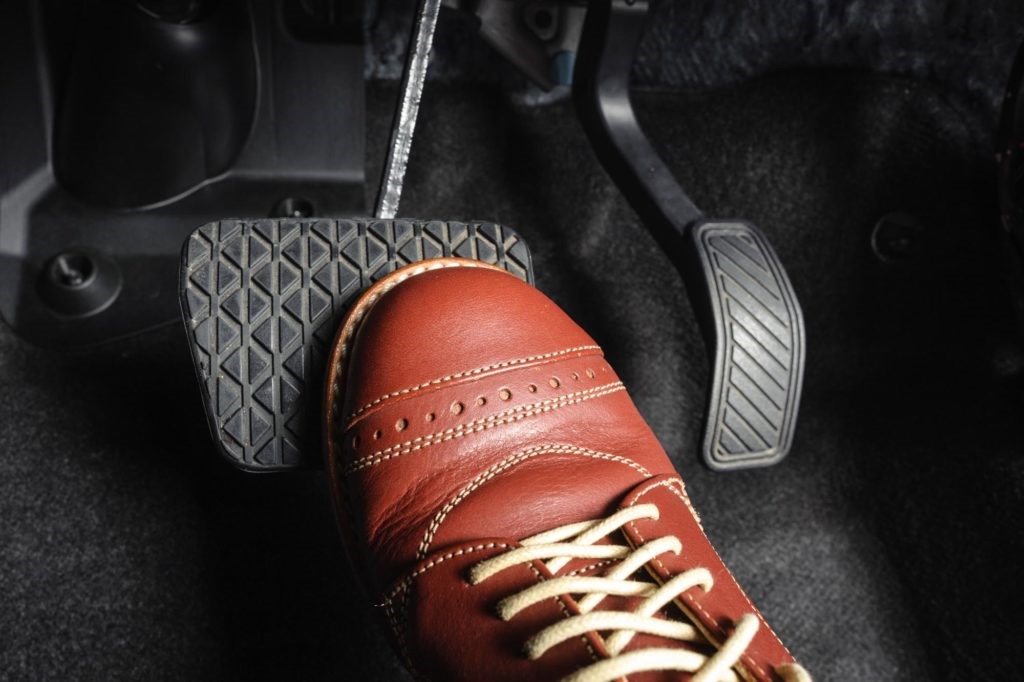Power Steering Not Working: Why This Happens and What to Do

WHAT HAPPENS WHEN POWER STEERING GOES OUT?
If you ever find yourself having difficulties maneuverings or turning the steering wheel, chances are, your power steering has failed.
A lack of power steering could have a number of different causes. Furthermore, whether your car has hydraulic, electric, or hydro-electric power steering affects what might go wrong.
Even when the power steering fluid isn’t low or hasn’t been emptied, the power steering system might become noisy for a variety of reasons, including loose or slipping belts, damaged bearings, or air in the hydraulic system. A belt that is slipping or fluid that is frothy may cause the noise and unusual steering sensations.
TYPES OF POWER STEERING SYSTEMS
Depending on what car you drive, the power steering could be any of the three types:
- Hydraulic Power Steering
- Electric Power Hydraulic Steering
- Fully Electric Power Steering
Hydraulic systems use hydraulic pressure from a power steering pump. This pump, which is driven by the engine drive belt, delivers pressurized power steering fluid to the steering gear.
Electric power steering systems use a motor instead of a hydraulic pump. In a fully electric power steering system, the electronic control unit takes control of the steering dynamics.
Electric hydraulic systems use electrically-driven hydraulic pumps instead of the engine-driven ones on conventional hydraulic systems.
| POWER STEERING SYSTEM | PROBLEM |
| Hydraulic Power Steering | Lack of fluid supply due to power steering fluid leak Failing hydraulic pump Failed steering gear Loose/Slipping belt Variable Power Assist Issues Clogged fluid reservoir screen (starving the pump and making it noisy) |
| Electric Power Hydraulic Steering | Damaged wiring Failing electric motor Power steering fluid leak Failed steering gear |
| Fully Electric Power Steering | Worn-out electrical wiring Damaged motor Overheated EPS motor due to aggressive prolonged steering maneuvers Failing electronic parts |
If there’s a loss of fluid pressure in a hydraulic power steering system, your car will either have limited steering assist or lose steering assist altogether. When that happens, your car’s steering system will revert to manual operation (i.e., your muscles do all the work). As a result, the steering wheel will become very difficult to turn.
Electric power steering can stop working suddenly and render the vehicle very difficult to drive as well. You may also experience a loss of power assist when there’s a problem in an electric or hydro-electric power steering system.
POWER STEERING FAILURE CAUSES
Here are the common culprits of a failing hydraulic or electric power steering system:
Loss of power steering fluid

A drop in your power steering fluid level indicates a leak somewhere in the system. Check the hoses, seals, and the hydraulic pump for any signs of leaks to avoid draining the fluid.
Damaged hydraulic pump
Loss of power steering fluid can damage the hydraulic pump and cause problems in your steering. So, what happens when the power steering pump goes out?
If the damage is very recent, you may begin noticing some noises. This can happen as performance deteriorates from smooth to hard-to-steer operation. When the pump fails altogether, you’ll have zero steering assist.
A power steering pump that’s leaking will cause the fluid to deplete faster, resulting in noise and, eventually, a loss of steering assist.
Snapped or slipping serpentine belt
An engine-driven hydraulic pump spins because a belt driven by the crankshaft pulley. When snapped or slipping, the belt will leave the pump powerless and, therefore, won’t be able to supply the system with hydraulic fluid.
Worn electronic components
As was mentioned earlier, electric power steering systems have a steering torque sensor, an electric motor, and a dedicated module, which is supplied with power through fuses and wiring. Should any of these components or the wiring fail, a partial or complete loss of steering assist will occur.
WHAT TO DO WHEN THE POWER STEERING GOES OUT
The steering wheel will become extremely difficult to turn when the power steering starts to fail, which is easy to detect. Power steering problems can sometimes develop gradually, but they can also appear out of the blue. In fact, it can happen unexpectedly and while a person is driving.
The majority of the safety advice provided below is rather clear, however not all drivers are aware of how to respond in emergency situations.
HERE IS A LIST OF WHAT YOU SHOULD DO IF YOUR POWER STEERING SYSTEM BREAKS DOWN WHILE YOU ARE DRIVING:
Signal other drivers using your lights
Turn your hazard lights on to let other drivers know that there’s something wrong with your vehicle. By doing this, you’re also allowing them to pass you or practice caution when tailing your vehicle.

Turn your hazard lights on to let other drivers know that there’s something wrong with your vehicle.
Carefully direct your vehicle to the shoulder of the road
Observe the road for approaching vehicles and carefully turn your steering wheel to direct your car towards the shoulder. This would require you to apply extra force, depending on the damage in your power steering system.
Take your time to switch lanes and don’t rush. Keep in mind that you may not be able to counter-steer instantly in bad situations.
Slow down until you reach a full stop
As you pull over to the side of the road, lightly step on the brake pedals. Make sure that there aren’t any fast-approaching vehicles before reducing your speed. Once you’re on the shoulder lane, apply the brakes gradually until you’ve come to a full stop.

As you pull over to the side of the road, lightly step on the brake pedals.
Assess the severity of the issue
Once you’ve parked your car in a secure location, verify the difficulty of turning the wheel left and right to determine the extent of the issue. The decision to tow the vehicle or continue driving it to the technician is made at this point.
You might be able to drive the vehicle to the closest technician if the weight of the steering wheel is still manageable. To reduce steering inputs, be careful to travel gently and keep to the outside lanes. Always practise defensive driving and keep your surroundings in mind.
Call for a tow truck if in doubt
If you feel that you are unable to steer the vehicle accurately, call for a tow truck. Make sure that your vehicle is safely positioned on the shoulder lane as it might take a while before the tow truck arrives.



